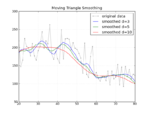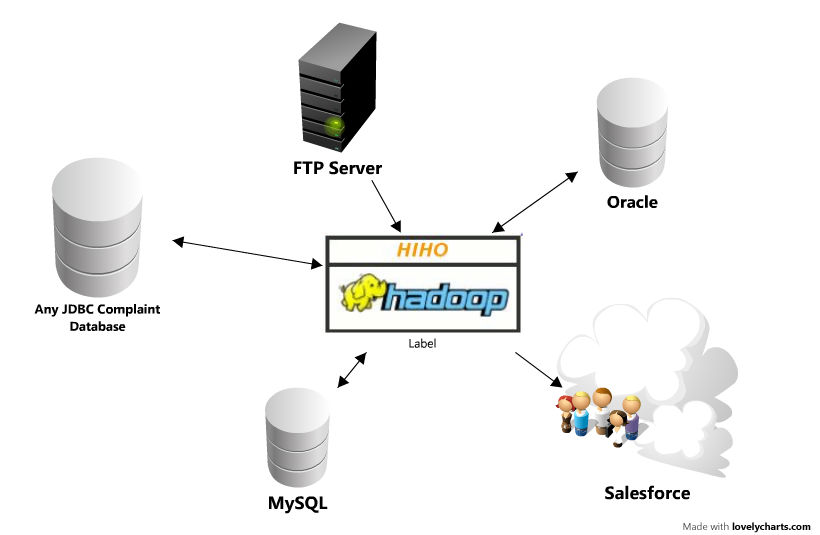A taxonomy of Big Data
 Friday, July 29, 2011 at 09:52AM
Friday, July 29, 2011 at 09:52AM Every big data presentation I've seen starts with a discussion of how there are huge mountains of unanalyzed valuable data and how so much data produced is instructured. All big data, however, is not created equal.
Log Data (structured but big)
System logs such as web logs, error logs, etc, are fairly structured data. Most likely un-normalized, maybe some time sync errors, but as data goes, machine generated data is pretty structured. But at large organizations, the data can be quite large and while traditional data management can deal with it, costs are cheaper with NoSQL sometimes. Splunk, Flume are some leaders here.
Big Graphs
 Aaron Rosenbaum | Comments Off |
Aaron Rosenbaum | Comments Off |  BI,
BI,  Data Management
Data Management 






